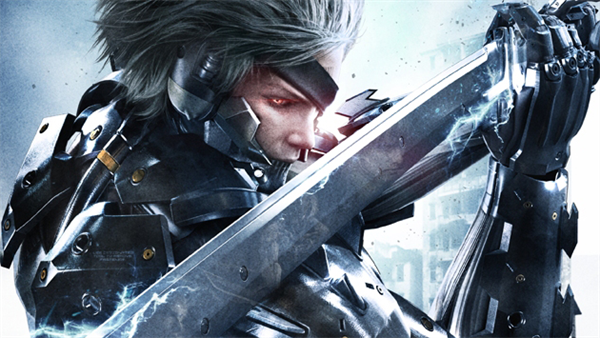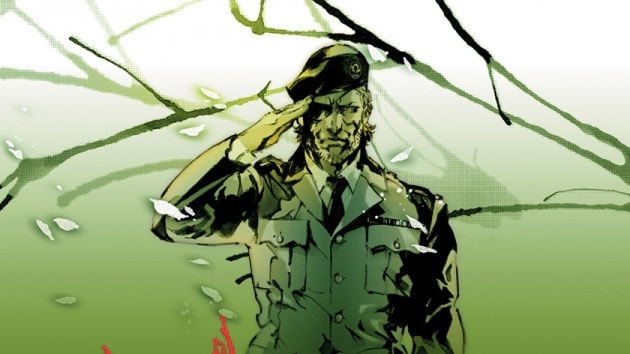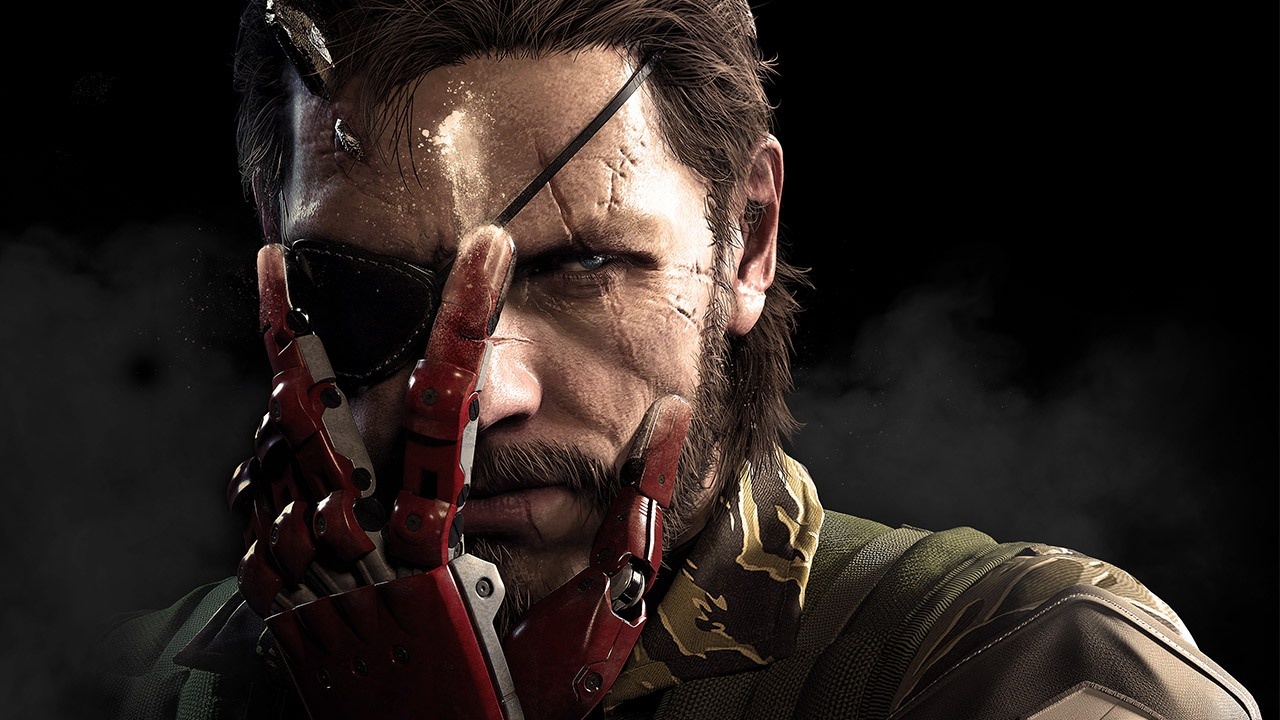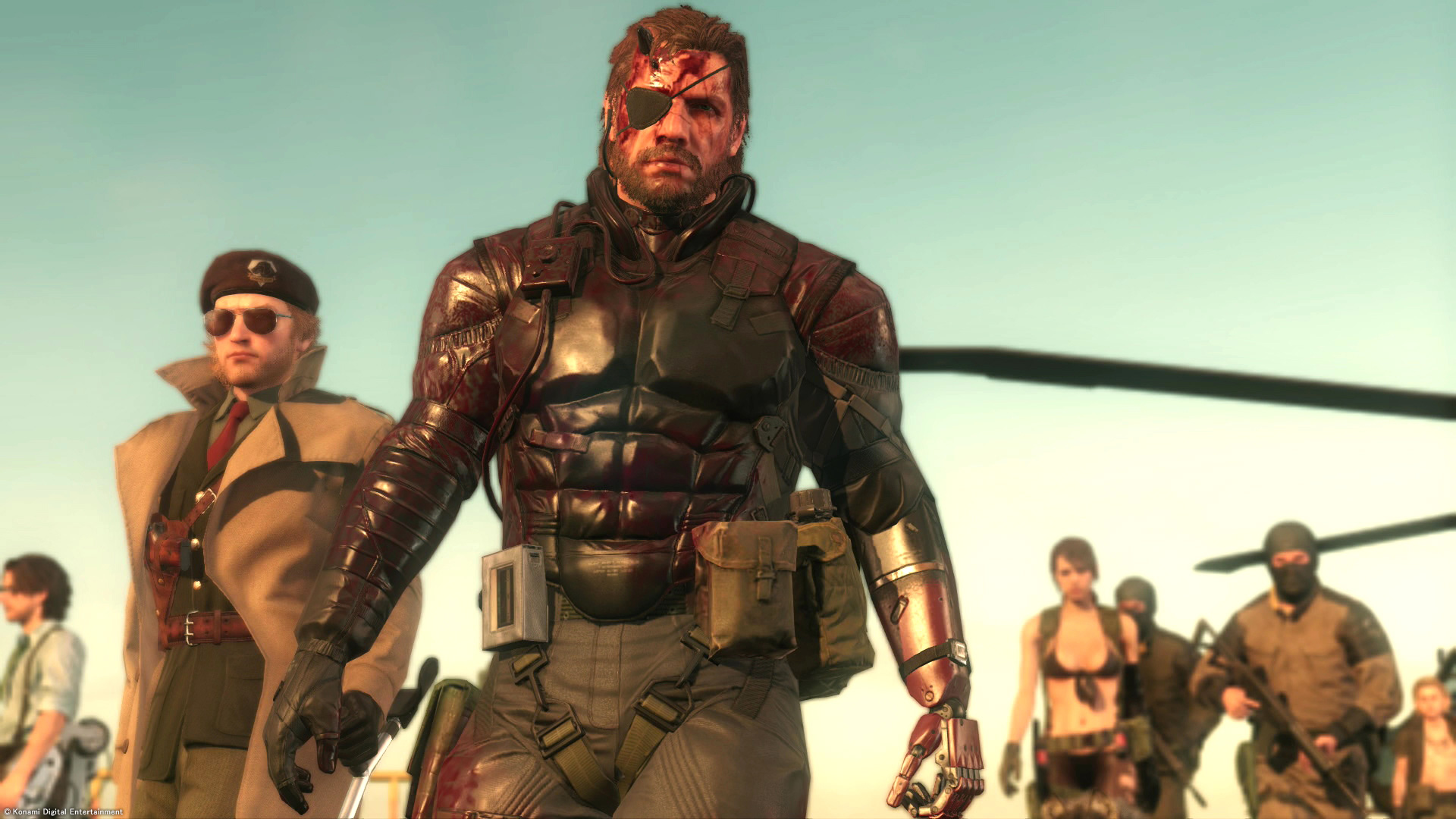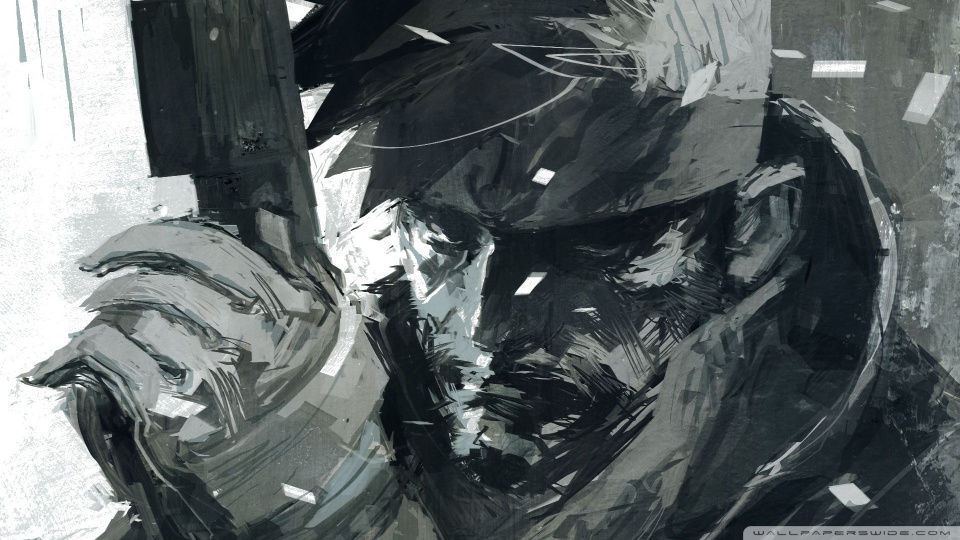
I like to think fans anticipating Metal Gear Rising: Revengeance can be split into two categories. The first group has been eagerly anticipating Raiden’s spin-off adventure since the initial reveal in 2009, closely following the turbulent development process as failed Metal Gear Solid: Rising prototypes at Kojima Productions were eventually passed on to Bayonetta and Vanquish veterans Platinum Games. Meanwhile the second group of people, slightly more bonkers but certainly more patient, have been waiting over thirteen years to live out their Metal Gear cyborg ninja fantasies, a seed sewn in young minds by the iconic Gray Fox.
Irrespective of which group you fall into, the long wait is finally over, and the arrival of Revengeance brings with it a message of reassurance and confidence that Platinum truly have their finger on the action genre’s pulse arguably more so than anyone else. Passing Raiden’s torch, Rising couldn’t have landed in better hands. And yet, in true Metal Gear fashion, Rising carries with it a legacy, memes if you will, as within the fabric of this grand tapestry are frizzled edges, evident of a development process that wasn’t without its own troubles. There’s history in the genes.
Most admirable in Platinum playing catch-up on a tight schedule to an original design that couldn’t see the light of day, and perhaps most poignant in articulating the studio’s talents in this particular genre, is how Rising keenly avoids the lazy trappings of “clone” (pun intended) gameplay. Neither Bayonetta, Ninja Gaiden, nor Devil May Cry, Rising settles on a completely unique rhythm of methodical slicing. Raiden’s sword is the centrepiece, with every programmed and animated move, from both him and opponents, meticulously constructed around it. Button timing of light and heavy attacks to initiate combo chains won’t seem out of place to genre fans, but combining these attacks with directional motions of the movement stick gifts Rising a peculiar flavour from the dodge and movement heavy acrobatics of Bayonetta.
Channelling the way of the samurai, Rising‘s steel-against-steel defensive mechanisms also helps separate it from the current crop of action brawlers, emphasising the philosophy of “the best defence is the best offence”, and encouraging players to get right in harms way. Literally, as countering opponents involves engaging in block and parry sword play, easily initiated by tilting the movement stick towards an attacking opponent and hitting a light attack of your own. It’s all in the timing: too early and Raiden will knock the enemy back with a block. But get it right, and Raiden will follow the block instantly with his own sharp attack, opening up room for tighter, faster flowing combo strings, or in some cases staggering the opponent for a fancy quick time event Zan-Datsu.
This particular style of fighting comes into its own in the more personalised fights. Action brawler fans are probably used to outrageous enemies and boss units towering several stories above the player, but in almost all cases Rising steers towards human sized enemies and rhythmic sword play. This is especially true for the bosses. Some of my fondest boss fights from Bayonetta involved towering angelic colossi and ludicrous set pieces. However, with Rising, the boss fights are at their best when they’re a gruelling samurai duel. Two master swordsmen enduring the best of each other’s abilities and waiting for an opening, knowing only one is going to walk out still in once piece. Only in a couple of instances, sadly towards the tail of the game, do Rising‘s boss fights feel a bit disconnected from the core design, breaking the expected rhythm for a feel of battle that doesn’t seem quite right. The very final boss in particular is destined to eat away at many-a gamers psyche as it punishes them with one continue after the other, until you realise you may have been “doing it wrong”, and what was once nigh impossible is instead an appreciable challenge.
The much lauded “cut anything” that spearheaded the Rising project from the beginning is implemented deeply enough into the combat fundamentals that it introduces a unique layer of tactical play. You probably won’t spend a lot of time cutting up the environment for any reason other than to satisfy curiosity, but enemy designs, especially tougher enemies, integrate sword slicing in such a way that it becomes almost essential in order to dispatch them. Poor, defenceless generic grunts can be slices up the moment they’re in range, meanwhile stronger enemies will need to be weakened with basic attacks before you can precisely slice and dice. Upon weakening tough enemies usually allow specific limbs to be dismembered, breaking weapons free from their grip, shattering armoured plating, or dropping them to the floor as legless cripples. Precise cutting is more than a gimmick, and instead an extremely useful mechanism for shaping battles towards your advantage, and pulling off cool manoeuvres like slicing mid-air rockets in half. And despite the otherwise fast flowing nature of Rising‘s combat, slowing time to “cut at will” mid battle does not break the pacing.
Precise cutting also leads to Zan-Datsu, Raiden’s ability to slice open enemies at a specific point and extract their delicious spinal fluids and recharge to full health. Though Zan-Datsu continues to diversify Rising‘s combat system, the guaranteed 100% recharge from a single spine rustles combat balance perhaps too heavily in your favour. Though Rising has both Very Hard and Revengeance difficulties for master players, these must be unlocked by either completing the game or using a code. My first playthrough was done on the then highest difficulty (Hard), and Zan-Datsu provided a fairly cushy comfort blanket in even the most intense and busy encounters. You might find yourself initially intimidated by an encounter of two rocket equipped Gekko and battalion of soldiers, but all you have to do is open up one for Zan-Datsu and you’ll be back to full health. An abundance of healing units that work not unlike Meta Gear Solid‘s rations further disrupt the balance, automatically healing you immediately upon death. Balance aside, the satisfaction of dicing enemies with Zan-Datsu is hard to ignore, providing an excellent feedback and sensation of effortlessly cutting through cyborg meatbags.
In the initial few opening chapters, Rising moves forward at a breakneck pace, avoiding tiresome, repetitious encounters by rapidly introducing new enemies and hostiles one after the other. However, Rising strangely ceases to explore truly new and unique non-boss units about halfway through the game. The reliance instead on interesting enemy variations for the remainder is a little bit of a sore spot, but far less so than other games (an issue I had with the recently released DmC: Devil May Cry), as the encounters themselves always have the brilliantly designed and involving combat system to fall back on. Rising might run out of enemy variety sooner rather than later, but what’s there is as tightly designed and enthralling to engage as any action brawler fan could wish. When the simple act of fighting is exciting and fun, it’s hard to complain.
But complaints are justifiable, and most which can be directed towards Rising come from rougher corners of the presentation and design, including the combat itself. Those who’ve played the demo have no doubt lamented the troublesome camera, particularly the iffy auto turning and perspectives, especially during heated, busy battles where a poor perspective can lead to unpleasant surprise attacks by off screen enemies. I lost count of the amount of times I was jumped on by a pouncing Gekko not within visual range. A simple lock-on system goes some way to help keep attacks focused and precise towards specific enemies, though is hardly a solution for an erratic game camera. Raiden’s ninja run, an unlimited sprint function that automates bullet deflection and athletic environment traversal, is not without its own kinks, most obvious when rapidly scaling stacked crates and other hard edged objects. In these cases, Raiden will occasionally fail to make the initial jump and ledge grapple. Hardly detracting from the experience, the speed of the ninja run and goofy animation loop of Raiden attempting to scale a box does present the mechanism as one that could do with a bit more polish.
Stealth sequences fall under a similar umbrella to the ninja run: good idea, decent execution, yet room to improve. I was actually pretty surprised at how often Rising allows the player to approach encounters with a stealth mindset, challenging them to sneak above or behind as many opponents as possible for silent, undetected kills. It’s a very cool feeling to clear an area undetected, and a nice call back to the franchise’s mainline roots, but don’t expect much from the AI. On a couple of occasions I was detected when I was surely out of enemy perceptive range, meanwhile on the opposite end of the spectrum I accidentally rushed directly in front of opponents only to be ignored. I wouldn’t call stealth a throwaway concept, as it’s integrated into the level design and cyborg ninja experience, but it’s clearly playing second fiddle to the raw combat mechanics.
For Metal Gear aficionados, Rising will probably disappoint in the story department. Though grounded in a post-Metal Gear Solid 4 universe, Rising focuses on Raiden’s personal journey with a new group of people and new set of enemies, mostly absent of cameos (bar one) and heavy integration into the Solid lore. Additionally, what is told through pre-rendered cut scenes is a bit bipolar in its narrative pacing, never really settling on one idea and introducing new ones haphazardly. The climax is particularly silly, if not for Metal Gear standards than just in the way it’s told. I do advise Metal Gear fans make heavy use of the codec though. Kojima Productions has provided far more optional codec conversations than MGS4 (a then sore spot for fans), most of which specifically discuss Raiden’s history, relationships, and the state of the game universe, and will prove to be an excellent lore resource for fans.
However, I’m not sure playing Rising for a strong narrative is really what Platinum intended, despite the precedent set by the Metal Gear franchise. Kojima Productions called upon the masters of the action brawler genre to make them a cyborg ninja title, and that’s exactly what they’ve done. Lo and behold, Rising plays primarily like an action brawler, and a damn good one at that. At times, it wouldn’t be inaccurate to call Rising rough around the edges. It might even Platinum’s least polished, in overall execution, title to date. But where some games succumbing to “rough” equates to clumsy and unsatisfying gameplay, Rising still embodies Platinum’s masterful understanding of what constitutes as a good action brawler. Time and care has been spent on ensuring Rising‘s combat fundamentals are unique in design and rewarding in play, and then enveloped in encounters and challenges that best accentuate these qualities.
At times the graphics might seem a little washed out, the frame rate a wee bit unstable, and a handful of mechanics rough to handle. But from the exciting highs of rapidly countering a verocious boss to a thumping, vocal driven rock soundtrack, to the simple, graceful act of effortlessly dismembering a lowly solider to feast on his gooey insides, like Bayonetta and Vanquish before it Rising goes beyond the norm to ensure the experience of play is nothing short of exhilarating. And if the specific challenge based VR missions and host of unlockable swords and costumes don’t have you going back for more, the alluring thrill of mastering this cyborg ninja’s adventure surely will.
Engaging combat system | Unique identity | Thrilling Pacing
Rough around the edges | Mixed presentation





